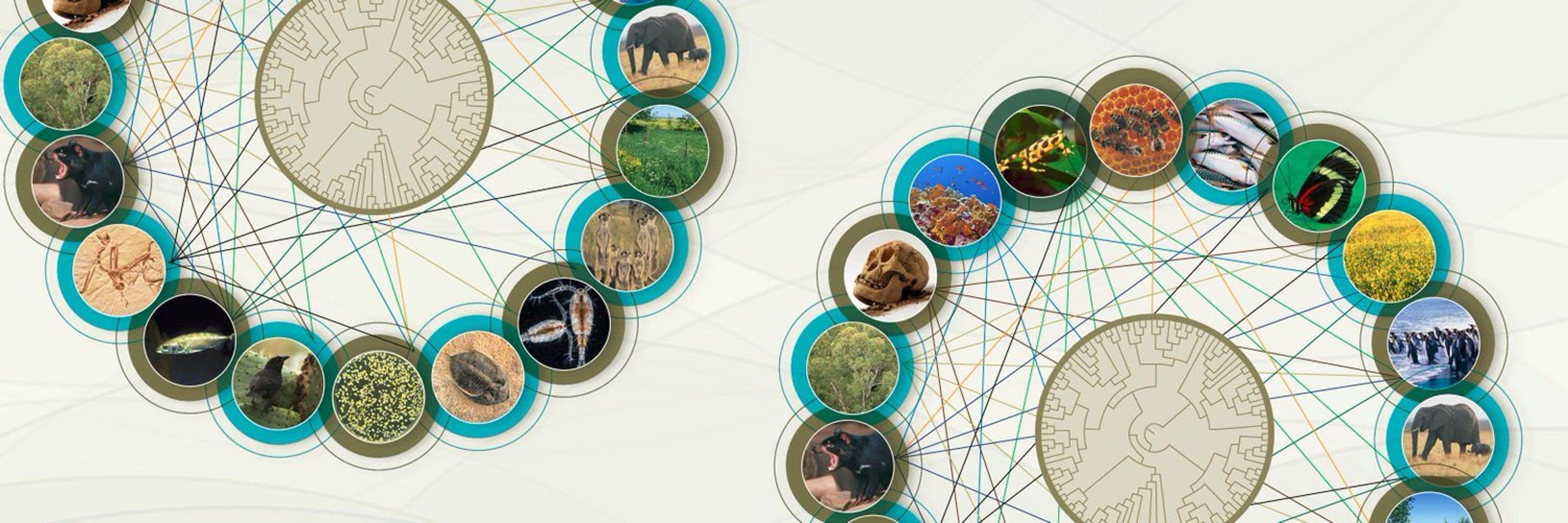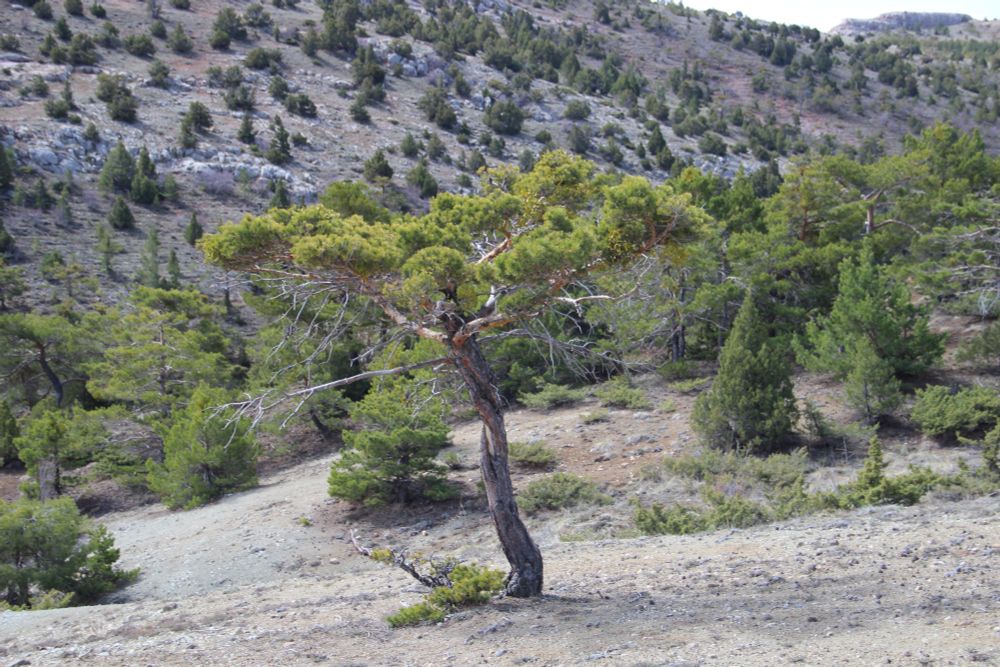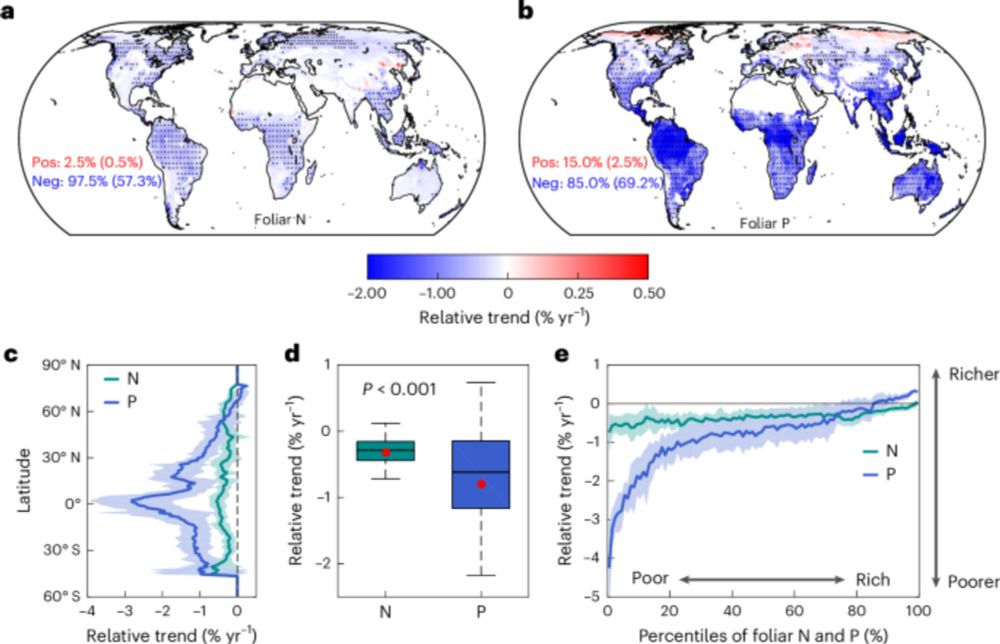Nature Ecology & Evolution
@natecoevo.nature.com
7.9K followers
250 following
200 posts
Nature Ecology & Evolution publishes research and comment across the entire breadth of ecology and evolution, including both pure and applied topics. nature.com/natecolevol
Posts
Media
Videos
Starter Packs
Pinned
Reposted by Nature Ecology & Evolution
Reposted by Nature Ecology & Evolution
Reposted by Nature Ecology & Evolution
Reposted by Nature Ecology & Evolution
Reposted by Nature Ecology & Evolution
Reposted by Nature Ecology & Evolution
Reposted by Nature Ecology & Evolution
Reposted by Nature Ecology & Evolution
Reposted by Nature Ecology & Evolution





















